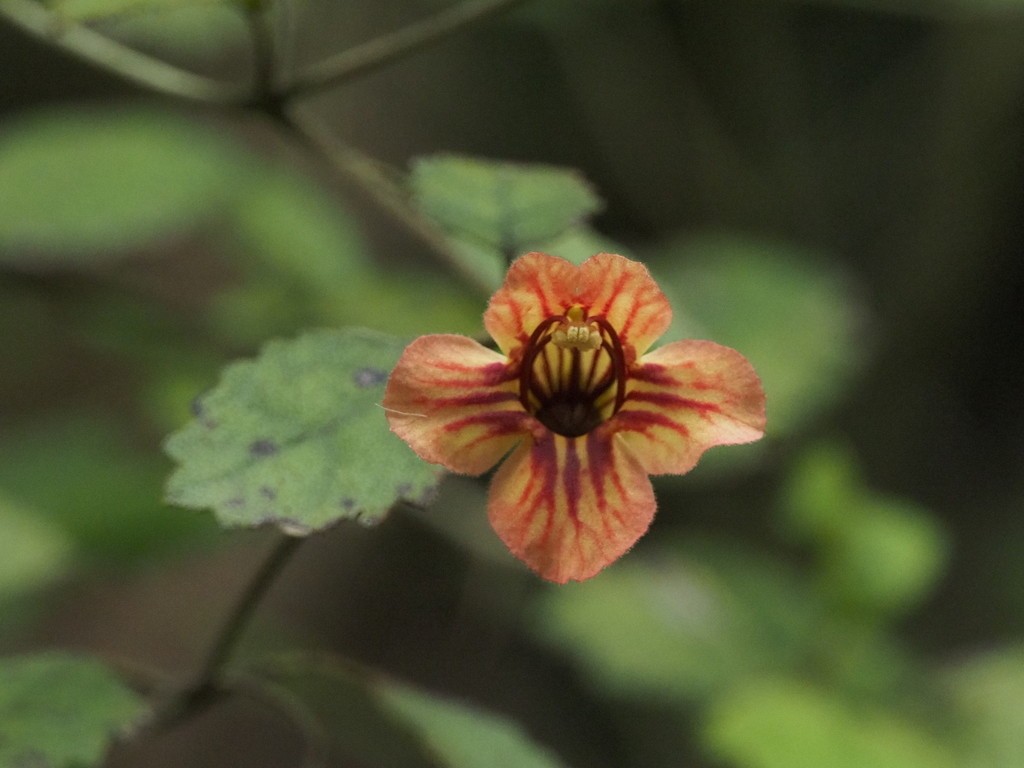One of the classics of NZ ecological science is this Auckland study by Sandra Anderson and colleagues. They showed, in extraordinary detail, how the loss of two endemic flower-pollinating birds from mainland Auckland (korimako and hihi), and the relative rarity of another (tūī), have caused the population to falter of the endemic bird-pollinated plant taurepo, Rhabdothamnus solandri.
Plus, Australian silvereyes, now widespread in NZ, were nectar robbers and damaged a lot of the flowers.
Everything is connected, and the effects of species declines can be unexpected and initially easy to overlook.
"Nectar robbing by silvereyes, revealed by slit corolla tubes, was always rare on islands (means 3.2% of flowers near Whangarei and 4.3% near Auckland) compared with the mainland (14.1 and 79.2% in Whangarei and Auckland regions... These data reinforce the conclusion that a shortage of visits by endemic bird pollinators on the mainland is the cause of the failure of seed production and that recently self-introduced silvereyes are not effective substitute pollinators."
Anderson, S. H., Kelly, D., Ladley, J. J., Molloy, S., and Terry, J. 2011. Cascading effects of bird functional extinction reduce pollination and plant density. Science, 331:1068–1071. https://doi.org/10.1126/science.1199092
#BirdPollination #nz#TrophicCascade #ecology#SpeciesInteractions
